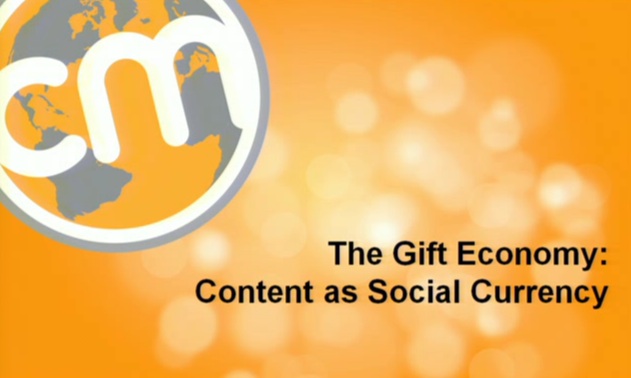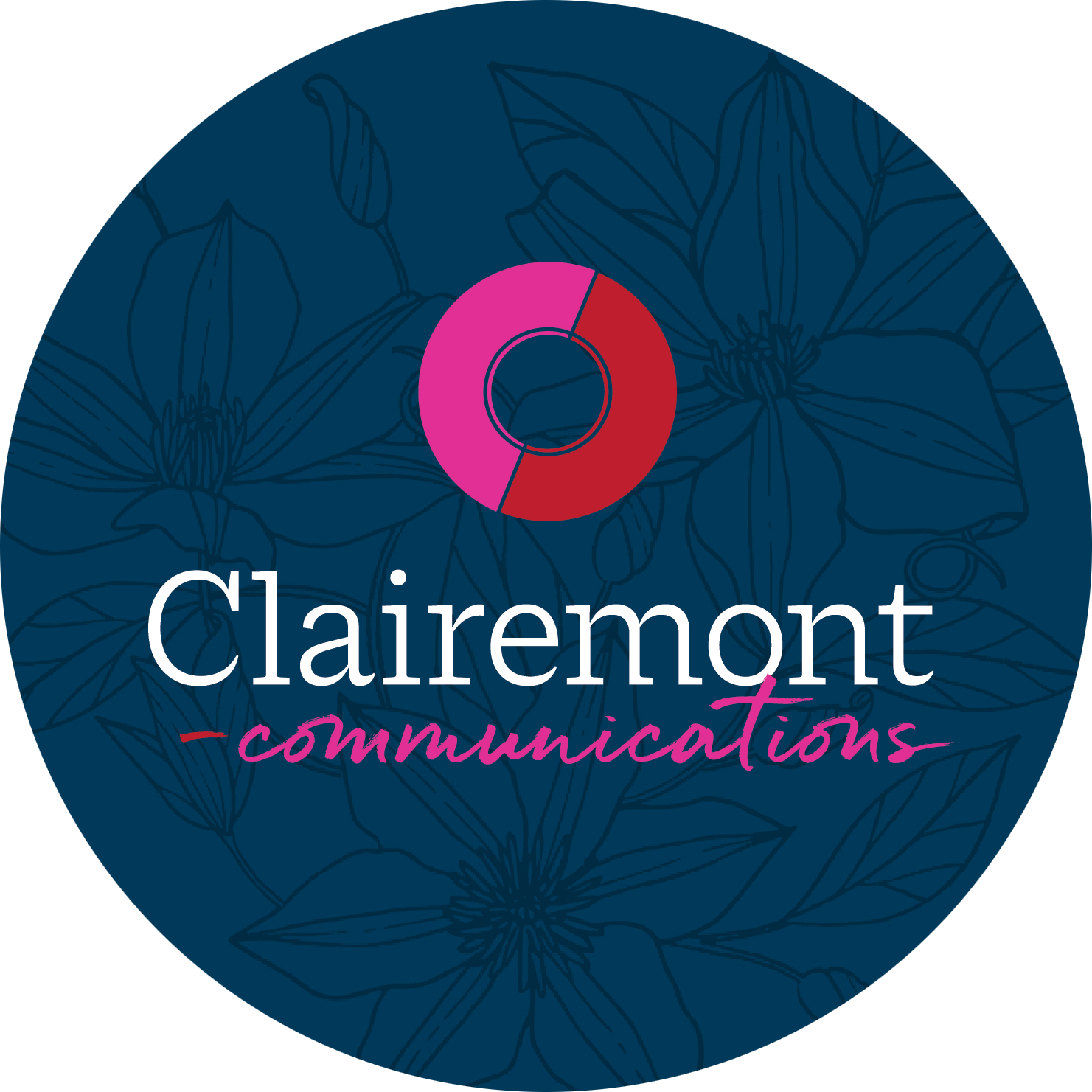If you remember, in the beginning of September, I went to the Content Marketing World (CMW) conference in Columbus, Ohio. CMW is the largest content marketing event in the world, and this year’s conference hosted sessions by more than 70 speakers. Our intern, Callie, watched the video recording of one of these sessions and shares her thoughts below on the talk, “The Gift Economy: Content as Social Currency” by Mark Boncheck.
 Everyone uses the gift economy one way or another. During a lecture at Content Marketing World, Mark Bonchek of ORBIT+Co described the gift economy as something given without payment in return. He explained this through the example of paying friends with pizza and beer when they help you move to a new house. Obviously, you cannot pay a moving company with pizza and beer, thus creating a gift economy with social currencies. The social currency is when something is given or exchanged to establish or reinforce a relationship.
Everyone uses the gift economy one way or another. During a lecture at Content Marketing World, Mark Bonchek of ORBIT+Co described the gift economy as something given without payment in return. He explained this through the example of paying friends with pizza and beer when they help you move to a new house. Obviously, you cannot pay a moving company with pizza and beer, thus creating a gift economy with social currencies. The social currency is when something is given or exchanged to establish or reinforce a relationship.
 Bonchek furthered his point by explaining the differences between a market economy and a social currency. A market economy is all about the act of buying and selling, transactions, prices and supply and demand. In a market economy, the obligation is finished when there is a transaction. With social currency, the focus is on many to many and peer to peer. The social currency is all about enabling and empowering by connecting people together rather than persuading and promoting.
Bonchek furthered his point by explaining the differences between a market economy and a social currency. A market economy is all about the act of buying and selling, transactions, prices and supply and demand. In a market economy, the obligation is finished when there is a transaction. With social currency, the focus is on many to many and peer to peer. The social currency is all about enabling and empowering by connecting people together rather than persuading and promoting.
Finally, Bonchek tied it all together by combining the social currency concept with the idea of currency in traditions. By finding what already connects people, one can use that tradition in combination with technology to connect more people. Kraft did this with a sharing recipes online campaign, using the tradition of sharing recipes and cooking tips to connect its large fan base.
 It’s such a simple concept, that it can be difficult to enact. But, if you can manage to think of that simple idea and break into a real, transcendental, traditional relationship (like paying friends with pizza and beer for helping you move; or exchanging recipes among friends and family), one can create a social currency for its brand.
It’s such a simple concept, that it can be difficult to enact. But, if you can manage to think of that simple idea and break into a real, transcendental, traditional relationship (like paying friends with pizza and beer for helping you move; or exchanging recipes among friends and family), one can create a social currency for its brand.
Have you ever used the concept of social currency for a client or campaign? We’d love to hear your thoughts!

The challenge is making the currency reciprocal. It’s an exchange within a relationship, but it usually feels as though the brand — in this case Kraft — is getting more out of the content than the individual who contributes the content. All this content contribution is a lot of work. If I do the work of submitting a recipe, what’s in it for me?